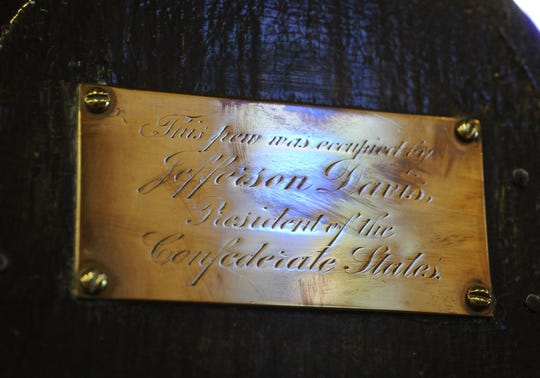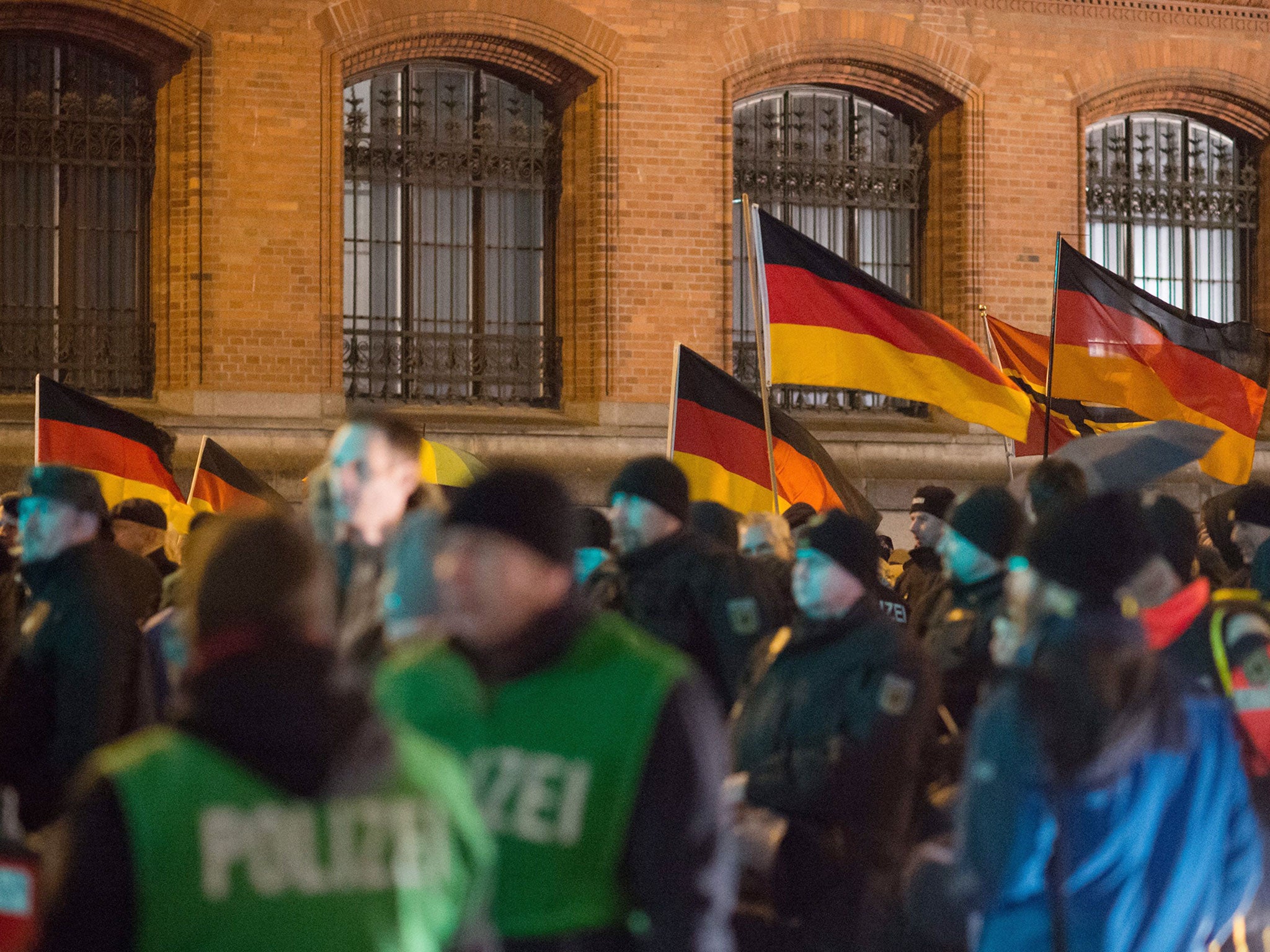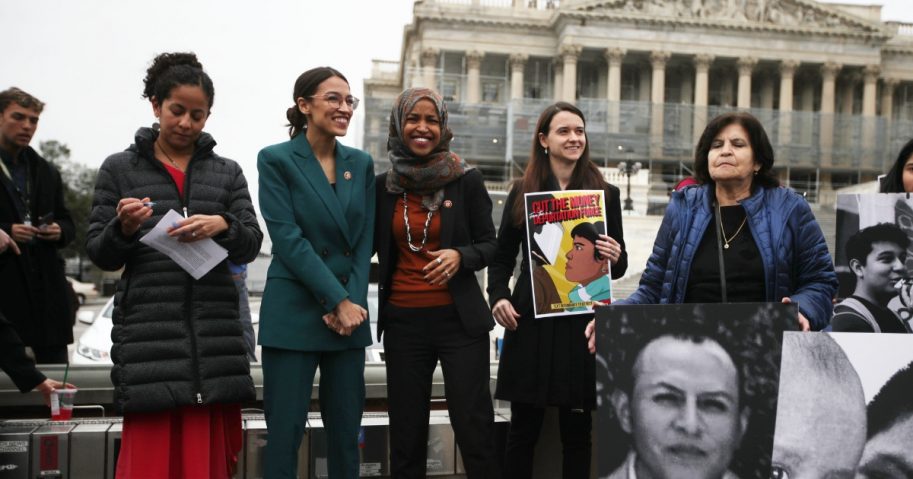
“The Underground Railroad was not a route but a network; not an organization, but a conspiracy of thousands of people banded together for the deliberate purpose of depriving their Southern neighbors of their property and of defying the Fugitive Slave Laws of the United States.”
A great irony of history is Massachusetts adopting in 1837 the first of the so-called personal liberty laws, ostensibly to protect free Negroes in the United States, given that Massachusetts stood in the front rank of those responsible for bringing enslaved Africans to American shores. No such laws were necessary until the rise of the New England abolitionists, and their incessant agitation, which eventually brought on a war which claimed a million lives, both black and white.
Bernhard Thuersam, www.Circa1865.org The Great American Political Divide
The Slaves of New England
“At the time the Constitution was adopted, slavery existed in every one of the thirteen States except Massachusetts, though in some other acts had been passed providing for its gradual abolition.
It was deemed essential, therefore, to the peaceful relations of the several States as well as the legal rights of slaveholders that some provision should be inserted into the Federal Constitution dealing with the return of fugitive slaves as well as fugitives from justice.
The necessity, as well as the justice, of fugitive slave laws was recognized almost contemporaneously with the introduction of slavery into this country. Thus, in the Article of Confederation adopted in 1643, between the colonies of Plymouth, Massachusetts, Connecticut and New Haven, it was provided:
“If any servant runn away from his master into any other of these Confederated Jurisdiccons, that in such case upon the Certiyficate of one Magistrate in the Jursidiccon out of which the said servant fled, or upon other due proofe, the said servant shall be delivered either to his master or any other that pursues and brings such certyficate or proofe.”
Provisions of like character were incorporated in many of the treaties between the various colonies and the Indian tribes, and later between the United States Government and the Indians.
On the 12th of February, 1793, Congress passed an act providing for the method of carrying into effect the section of the Constitution relating to fugitives from justice and fugitive slaves. It passed both houses of Congress by practically unanimous votes – Washington approving the bill with his signature.
With respect . . . to fugitive slaves, the authority and burden of dealing with their return was placed upon officers of the Federal Government as well as upon certain State officials. But with the rise of the Abolitionists at the North, difficulties in executing the law began to appear – especially as to fugitive slaves. The Abolitionists, by every form of suggestion and appeal, incited and assisted slaves to desert their masters, while the Underground Railroad provided increasing facilities for accomplishing the result.
Professor A.B. Hart, of Harvard University, says:
“The Underground Railroad was not a route but a network; not an organization, but a conspiracy of thousands of people banded together for the deliberate purpose of depriving their Southern neighbors of their property and of defying the Fugitive Slave Laws of the United States.”
(Virginia’s Attitude Toward Slavery and Secession, Beverley B. Mumford, L.H. Jenkins Publisher, 1909, excerpts pp. 201-205)










